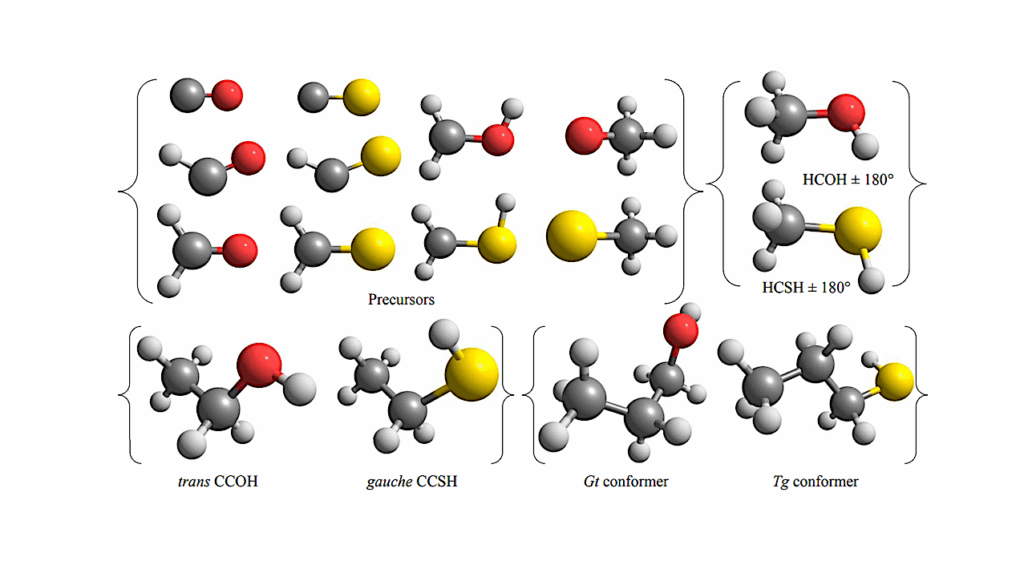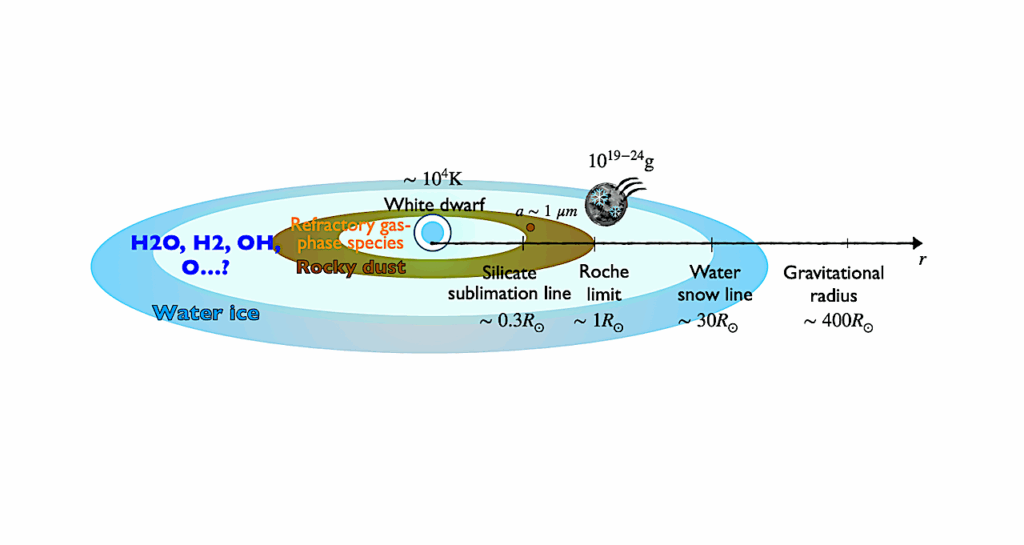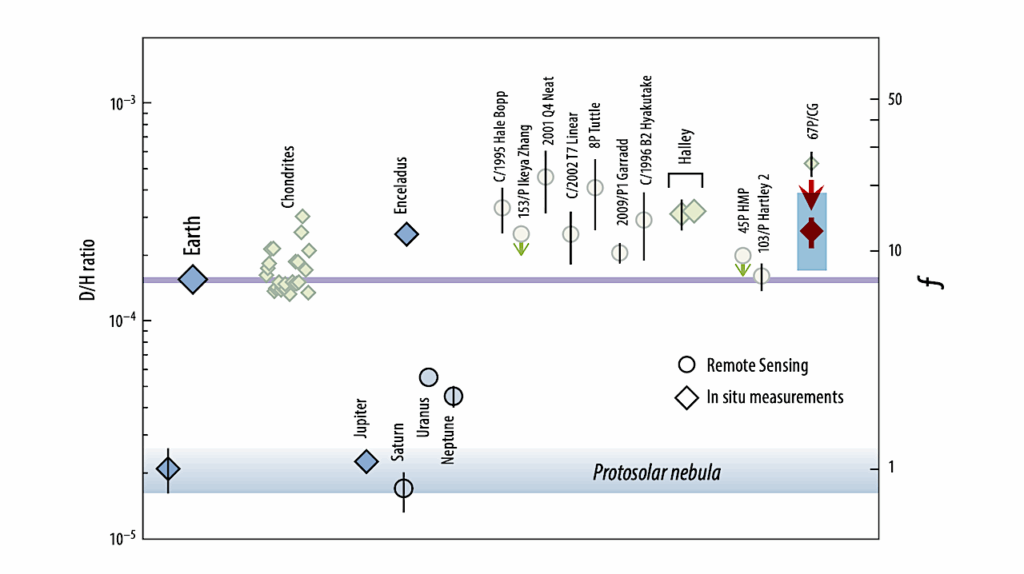Volatile Atmospheres Of Lava Worlds

A magma ocean (MO) is thought to be a ubiquitous stage in the early evolution of rocky planets and exoplanets. During the lifetime of the MO, exchanges between the interior and exterior envelopes of the planet are very efficient.
In particular, volatile elements that initially are contained in the solid part of the planet can be released and form a secondary outgassed atmosphere. We determine trends in the H-C-N-O-S composition and thickness of these secondary atmospheres for varying planetary sizes and MO extents, and the oxygen fugacity of MOs, which provides the main control for the atmospheric chemistry.
We used a model with coupled chemical gas-gas and silicate melt-gas equilibria and mass conservation to predict the composition of an atmosphere at equilibrium with the MO depending on the planet size and the extent and redox state of the MO.
We used a self-consistent mass-radius model for the rocky core to inform the structure of the planet, which we combined with an atmosphere model to predict the transit radius of lava worlds. We find that MOs (especially the shallow ones) on small planets are generally more reduced, and are thus dominated by H2-rich atmospheres (whose outgassing is strengthened at low planetary mass), while larger planets and deeper MOs vary from CO to CO2-N2-SO2 atmospheres, with increasing fO2.
In the former case, the low molecular mass of the atmosphere combined with the low gravity of the planets yields a large vertical extension of the atmosphere, while in the latter cases, secondary outgassed atmospheres on super-Earths are likely significantly shrunk. Both N and C are largely outgassed regardless of the conditions, while the S and H outgassing is strongly dependent on the fO2 , as well as on the planetary mass and MO extent for the latter.
Maxime Maurice, Rajdeep Dasgupta, Pedram Hassanzadeh
Comments: Accepted at A&A
Subjects: Earth and Planetary Astrophysics (astro-ph.EP)
Cite as: arXiv:2405.09284 [astro-ph.EP] (or arXiv:2405.09284v1 [astro-ph.EP] for this version)
Related DOI:
https://doi.org/10.1051/0004-6361/202347749
Focus to learn more
Submission history
From: Maxime Maurice
[v1] Wed, 15 May 2024 12:08:02 UTC (414 KB)
https://arxiv.org/abs/2405.09284
Astrobiology, Astrogeology,








